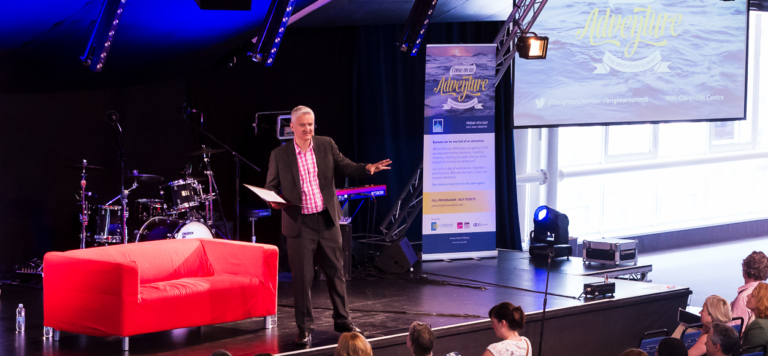31st May 2019
Using research to create content and why structuring your content is vital!
You can create content by drawing up a list of FAQs (frequently asked questions) about your topic. Make a list of all the things you think your audience might want to ask about the topic. Put yourself in their shoes and write down their likely questions.
This could be anything from asking you to define certain key words you’re likely to use during your presentation to asking questions such as:
- Why is this relevant to me?
- How do I use this in my everyday job or life?
- What research is there to back this up?
- How has this worked in the past?
- Does it work?
List as many FAQs as you can and then set about answering them, writing answers in longhand if necessary, or jotting down a few bullet points about how you would go about answering them. These answers become your content.
You can even take this beyond a theoretical exercise and ask people what their questions would be on a certain topic – even ask your intended audience what they’d like to know, if you have a way of interacting with them. You can also ask the person who has asked you to present what questions they think the audience will have, or how about opening it up on social media, posting a status update such as:
‘If you could ask any question about [this topic], what would it be?’
If you’re not sure what to say about a topic, read around it a bit and discover what other people have said. Do you agree or disagree with them? Do you have different ideas or a different approach? What inspires you in what they’ve said or what made you laugh or got you angry? This should be enough stimulus to trigger your own thoughts on the topic.
A word of warning about this method: while research is an important part of knowing your topic, this doesn’t give you carte blanche to copy or use other people’s material. You may well find research you can cite, quotes you can use or ways of presenting data that you can emulate – but you must credit someone else’s work or materials and they must make up a relatively small part of your presentation (less than 10 per cent) as people want to hear your take on the topic, not a rehash of someone else’s.
You’re using other people’s thinking as inspiration and a jumping off point for your own thinking, not as a direct source of content.
Now, whether your presentation is 5 minutes long or 90 minutes long, you need to give it structure. It needs to have clear sections so that your audience knows where they are and can follow along throughout your time in front of them. It also needs clear ‘signposts’ so the audience knows which part of the presentation you’re currently in and can process the information you deliver accordingly.
Don’t fall into the ‘stream of consciousness’ presentation trap, where you talk around and about your topic, heading off on random tangents, leaving your audience wondering where you are, what you’re talking about or the point you’re trying to make.
There are three main sections of any presentation that you need to build into your structure.
Simply put,
- the opening
- the content-rich middle section
- the closing.
The middle section then needs some structure of its own, but the presentation as a whole needs to follow that basic shape. Beginning, middle and end. It’s a format that’s been around as long as we’ve told stories, and for good reason.
It works.
Your opening and closing sections play a far more important role than just outlining and recapping, however. If you don’t get your opening and closing sections right, all your hard work will have been in vain and people will leave remembering very little – or remembering certain bits for the wrong reason.

